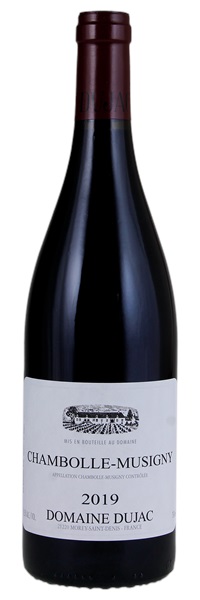Estimate

...lovely bouquet... The palate is medium-bodied with succulent ripe tannins and superb acidity. This is very harmonious, lightly spiced...there is such freshness and youthful vim and vigor, that this is going to be impossible to resist.
...fine aromatic constellation of red and black cherries, pigeon, chalky soil tones, woodsmoke, a nice touch of raw cocoa and a discreet framing of vanillin oak. On the palate the wine is bright, fullish and succulent at the core, with tangy acids, lovely focus and grip, fine-grained tannins and a long, round finish.
...mingling aromas of cassis, rose petals, red berries and spices in an inviting bouquet. Medium to full-bodied, bright and lively...vibrant and mineral, with a inviting core of fruit and powdery structuring tannins.